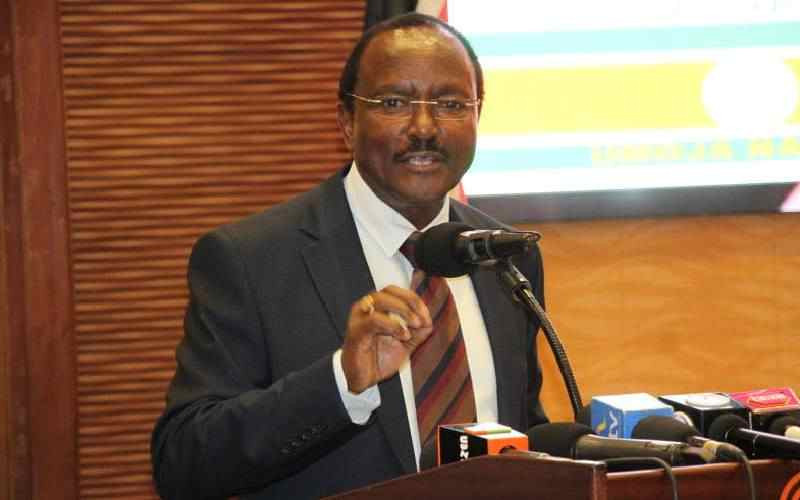Death Toll Rises To 86 In South Africa's Flood Disaster As Homes, Infrastructure Submerged | Sahara Reporters
According to emergency officials, many of the dead were discovered inside houses buried beneath water and debris.
Floodwaters have submerged homes, roads, and key infrastructure across South Africa’s Eastern Cape, as the death toll from days of torrential rains and strong winds rose to at least 86 on Saturday.
Rescue and emergency teams are in a desperate race against time to recover bodies and search for survivors after the region was lashed by severe weather earlier in the week.
The city of Mthatha remains one of the hardest-hit areas, with residents reporting sudden nighttime surges of floodwater that caught many off guard in their homes.
According to emergency officials, many of the dead were discovered inside houses buried beneath water and debris.
Entire neighbourhoods have been inundated, with waters reportedly rising more than four meters in some locations.
President Cyril Ramaphosa, who visited the flood-stricken province on Friday, described the situation as a “catastrophic disaster,” blaming the devastation on the growing threat of climate change.
“The scale of this disaster is enormous,” he said. “What we have seen here are homes submerged, roads washed away, and families left with nothing.”
The floods have forced thousands from their homes. Displaced residents are now taking refuge in schools, churches, and community halls across the region.
Aid organizations, including the humanitarian group Gift of the Givers, have mobilised volunteers to provide food, clean water, blankets, and other emergency supplies to the affected.
In the village of Qunu — birthplace of late former President Nelson Mandela — residents could be seen on Saturday trying to salvage what little remains of their belongings.
They waded through knee-deep mud, removing debris and broken furniture from their water-damaged homes.
Police Minister, Senzo Mchunu, confirmed that the overall death toll in the province had climbed to 86.
“We are continuing with recovery operations, and sadly, the numbers may still rise,” he told reporters.
South Africa’s Eastern Cape, known for its rugged terrain and under-resourced communities, is no stranger to severe weather during the winter months. However, officials say the current flooding is unlike anything previously recorded.
“These are unprecedented conditions,” said President Ramaphosa.
“The frequency and intensity of these weather events are escalating, and it underscores how vulnerable our country is to climate change.”
The Green Climate Fund lists South Africa among the nations most at risk from global warming, with projections pointing to more extreme floods, droughts, and heatwaves in the years ahead.
Local authorities say the full extent of the damage to infrastructure—including bridges, hospitals, and water systems—is still being assessed. In many areas, access roads remain impassable, complicating efforts to deliver aid and conduct search operations.
Three days ago, quoting Washington Post, SaharaReporters reported that the flood incident led to the death of at least 49 people in South Africa.
According to The Washington Post, the incident was recorded in South Africa’s Eastern Cape province after an extreme cold front triggered heavy rain and snow in parts of the country, officials said Wednesday.
As emergency personnel work around the clock to stabilise the situation, officials have urged residents in low-lying areas to evacuate where possible and remain alert for further rainfall forecasts.
Speaking on the development, Eastern Cape Premier Oscar Mabuyane was quoted as stating that the death toll, which was provided by the authorities, is expected to rise as searches for missing people continue.
“As we speak here, other bodies are being discovered,” Mabuyane was quoted by The Washington Post as telling reporters at a briefing.







